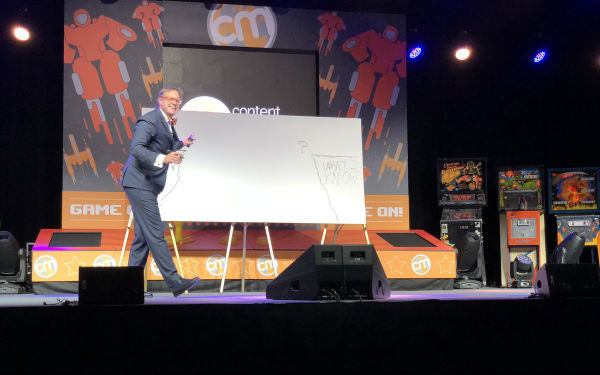Lately, massive language fashions (LLMs) have gained prominence in synthetic intelligence, however they’ve primarily targeted on textual content and struggled with understanding visible content material. Multimodal massive language fashions (MLLMs) have emerged to bridge this hole. MLLMs mix visible and textual info in a single Transformer-based mannequin, permitting them to study and generate content material from each modalities, marking a big development in AI capabilities.
KOSMOS-2.5 is a multimodal mannequin designed to deal with two intently associated transcription duties inside a unified framework. The primary job entails producing textual content blocks with spatial consciousness and assigning spatial coordinates to textual content traces inside text-rich photographs. The second job focuses on producing structured textual content output in markdown format, capturing varied types and buildings.
Each duties are managed beneath a single system, using a shared Transformer structure, task-specific prompts, and adaptable textual content representations. The mannequin’s structure combines a imaginative and prescient encoder primarily based on ViT (Imaginative and prescient Transformer) with a language decoder primarily based on the Transformer structure, linked by way of a resampler module.
To coach this mannequin, it undergoes pretraining on a considerable dataset of text-heavy photographs, which embody textual content traces with bounding containers and plain markdown textual content. This dual-task coaching strategy enhances KOSMOS-2.5’s total multimodal literacy capabilities.
The above picture reveals the Mannequin structure of KOSMOS-2.5. The efficiency of KOSMOS-2.5 is evaluated throughout two most important duties: end-to-end document-level textual content recognition and the era of textual content from photographs in markdown format. Experimental outcomes have showcased its robust efficiency in understanding text-intensive picture duties. Moreover, KOSMOS-2.5 reveals promising capabilities in eventualities involving few-shot and zero-shot studying, making it a flexible device for real-world purposes that cope with text-rich photographs.
Regardless of these promising outcomes, the present mannequin faces some limitations, providing beneficial future analysis instructions. For example, KOSMOS-2.5 at present doesn’t help fine-grained management of doc parts’ positions utilizing pure language directions, regardless of being pre-trained on inputs and outputs involving the spatial coordinates of textual content. Within the broader analysis panorama, a big route lies in furthering the event of mannequin scaling capabilities.
Take a look at the Paper and Undertaking. All Credit score For This Analysis Goes To the Researchers on This Undertaking. Additionally, don’t neglect to hitch our 30k+ ML SubReddit, 40k+ Fb Neighborhood, Discord Channel, and Electronic mail E-newsletter, the place we share the newest AI analysis information, cool AI tasks, and extra.
In case you like our work, you’ll love our e-newsletter..
Janhavi Lande, is an Engineering Physics graduate from IIT Guwahati, class of 2023. She is an upcoming knowledge scientist and has been working on this planet of ml/ai analysis for the previous two years. She is most fascinated by this ever altering world and its fixed demand of people to maintain up with it. In her pastime she enjoys touring, studying and writing poems.























